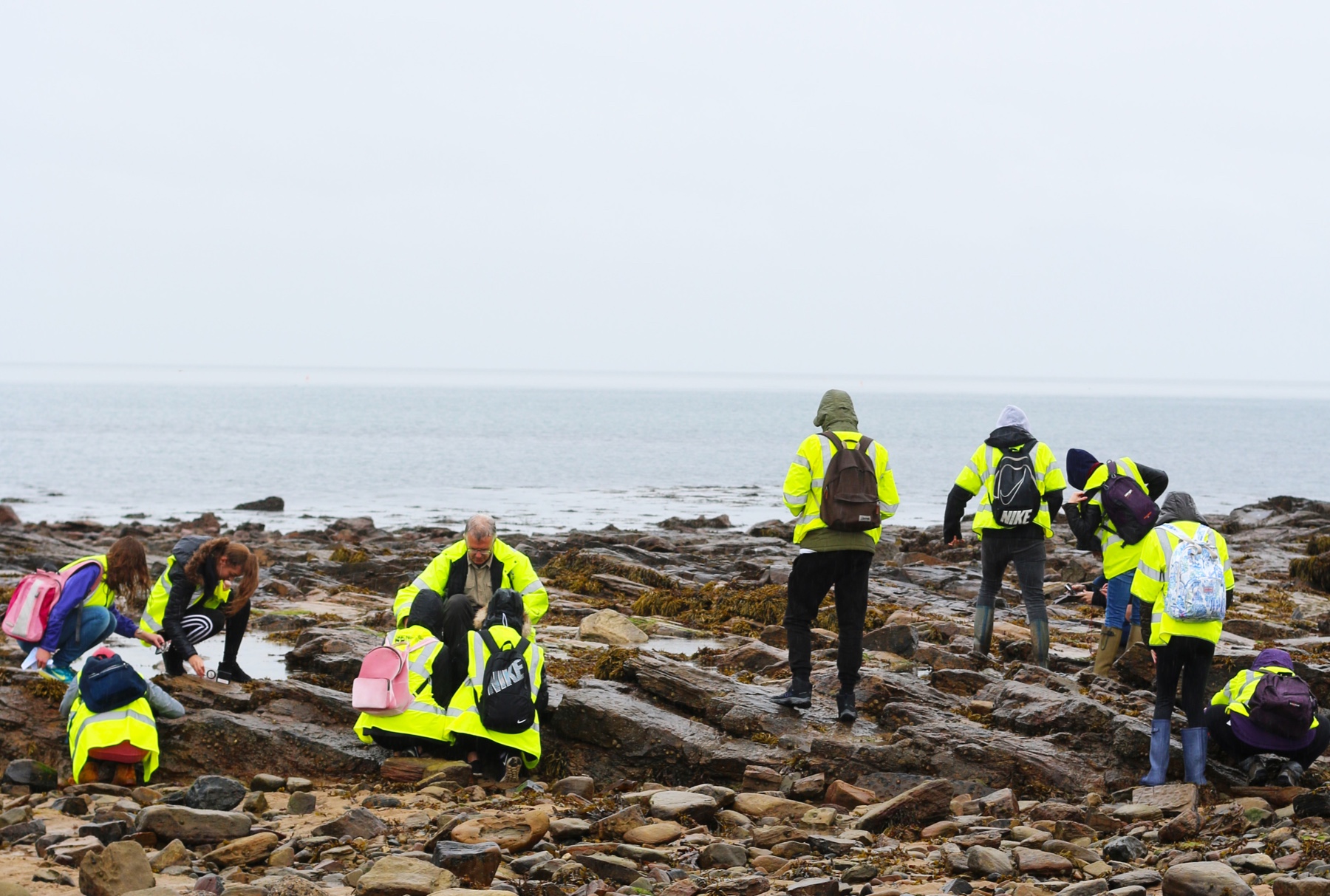Pyridine implicated in mass crustacean mortalities
Newcastle University research has identified the chemical responsible for the crab and lobster mass mortalities on the Northeast and North Yorkshire coasts.
30 September 2022
Newcastle research has identified the chemical responsible for the crab and lobster mass mortalities on the Northeast and North Yorkshire coasts
Two documentaries, on both BBC and Channel 5, have highlighted the plight of the fishermen who work off the coasts of Whitby and whose livelihood has been threatened by the mortalities. The Fishmongers’ Company had already contacted Dr Gary Caldwell a researcher in Marine Biology at Newcastle University to commission a study into the deaths of the crustaceans. This work which has been completed and analysed will soon be submitted for academic publication.
A series of mass mortalities of crabs and lobsters were recorded along the Northeast and North Yorkshire coasts during autumn and winter of 2021. The cause of the die-offs was unknown, with suggestions ranging from a toxic algae bloom to the release of poisons from intensive dredging of the Tees estuary.
Early research in the lab revealed high levels of pyridine, a chemical with a long history of release into the River Tees, in the tissues of the dead crabs. However, there were no data on whether pyridine is toxic to crabs. The Fishmongers’ Company commissioned Newcastle University to undertake research to fill this knowledge gap.
In this research, edible crabs (Cancer pagurus) were exposed to a range of pyridine solutions, while their behaviour, indicators of cellular stress, and survival over periods of up to three days were recorded. At the upper range of tested concentration which was comfortably within the pyridine levels found in the dead crabs, pyridine caused convulsive behaviours, paralysis and death within six hours. The onset of paralysis took longer as the pyridine concentrations were lowered, but mortalities remained high even at lower concentrations.
Dr Gary Caldwell, Senior Lecturer in Applied Marine Biology, said: “Our research has shown that there is no doubt that pyridine is highly toxic to crabs. The levels of pyridine we tested were below the levels recorded by the Environment Agency from the bodies of the dead crabs and yet we saw it caused death in the edible crabs.
“The next step for our research was to explain the scale of the deaths over such a large stretch of the coastline.”
To evaluate the scale of the deaths, Dr Miguel-Angel Morales, a physical oceanographer in the School of Natural and Environmental Sciences at Newcastle University, combined the toxicity data with computer simulations of the North Sea currents and tides during and after the autumn dredging activity.
The modelling showed that pyridine would be quickly transported along the coastline, with areas around Hartlepool and Redcar worst affected, with the potential to kill approximately half of the crab population after only 24 hours of exposure. Levels of pyridine sufficient to kill approximately 10% of the population within three days were predicted to reach as far south as Whitby and Robin Hood’s Bay. The timeline of the transport of pyridine along the coast closely matched the timeline of mortalities reported by the fishing community and the general public.
With the experiment and analysis complete, the next step will involve the publication of the findings in an academic journal.
